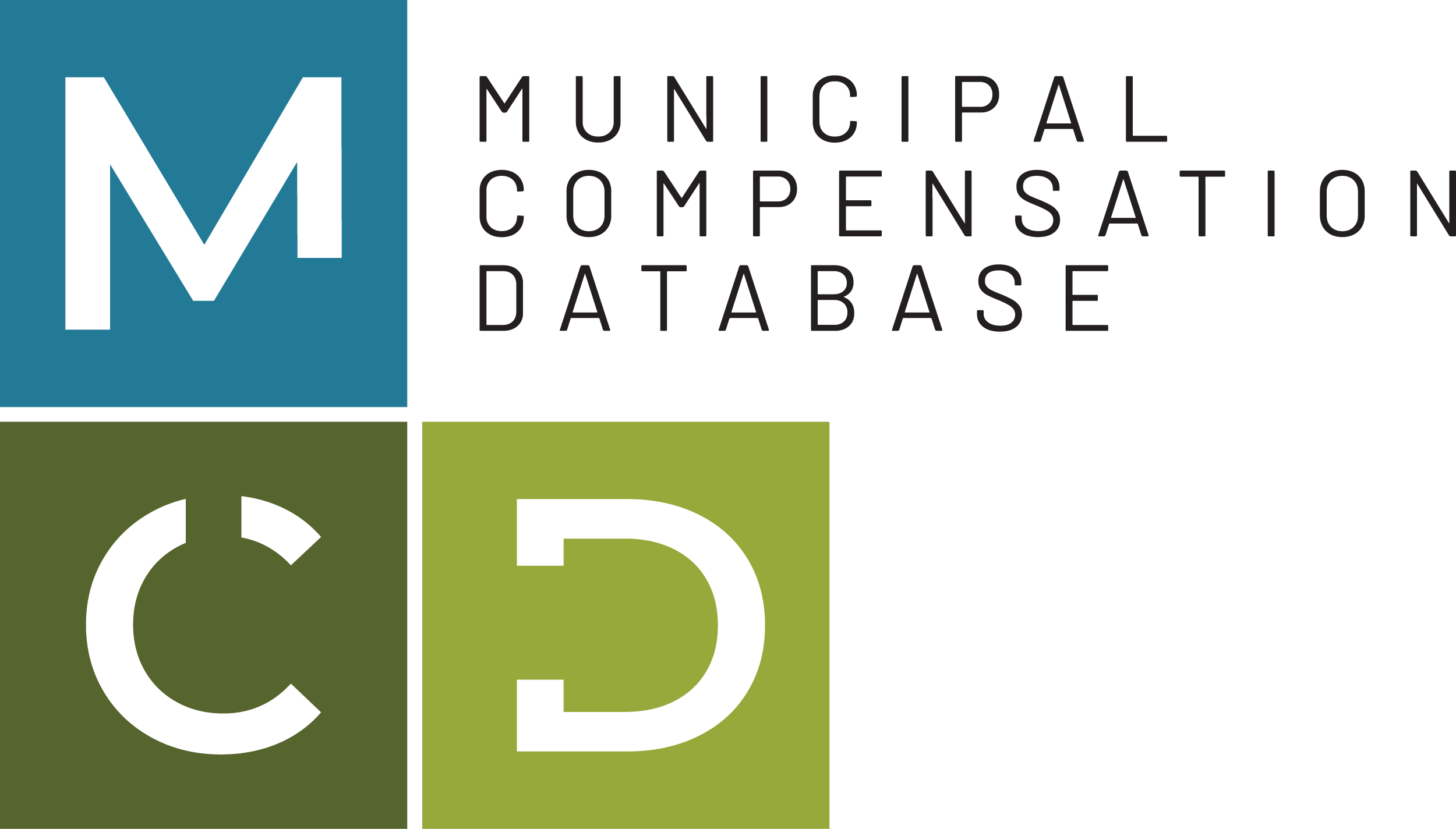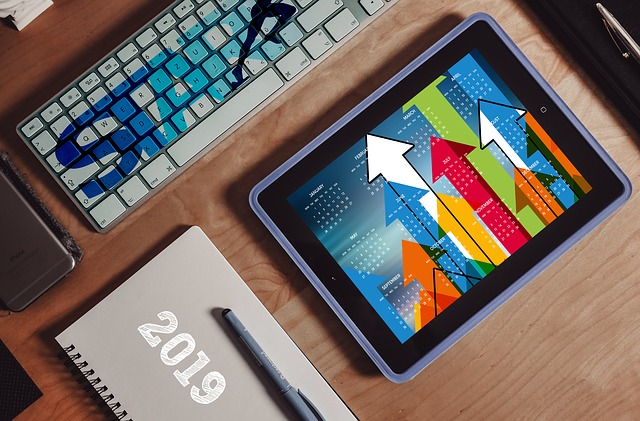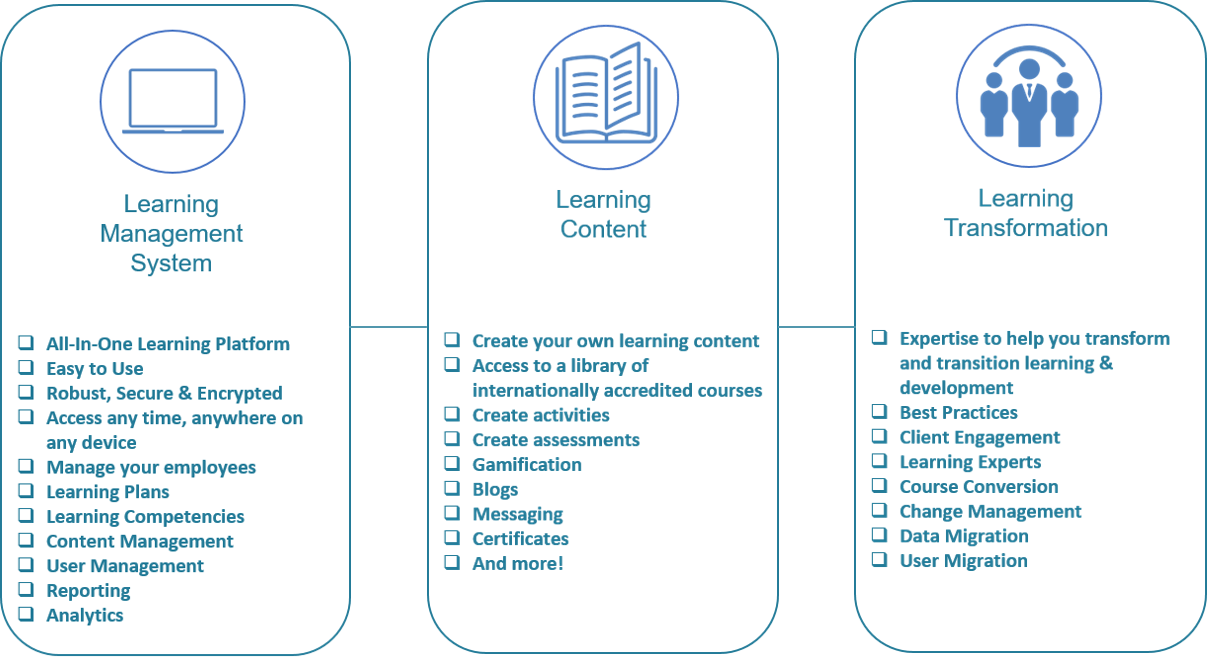As vaccinations slowly allow for the workforce to return to the office – there are many things to consider as both the public and private sector begin to implement a hybrid workforce. Just as the post-pandemic recovery will demand new leadership traits and styles, so will the way that Canadians approach working together and collaborating.
A recent KPMG study found that over 75 percent of Canadians would like the flexibility of a hybrid workforce. With the majority of Canadians becoming more comfortable working from home and leaning towards a blended version of in-person and remote work, Municipalities, and broader Public Sector organizations across Canada will need to consider how to structure the physical, digital and cultural realignment of their workforces. After 18 months of remotely working, there are many benefits for allowing employees to remain at home for some or all of the time including:
- Reduced Commuting Time
- Reduced Carbon Emissions
- More Flexibility
- Better Work Life Balance
- Fewer Interruptions By Colleagues
Many employees are hesitant to relinquish their freedom from remote work, but recognize the benefits of in-person connection versus digital connection. Leaders across Municipal Government and Public Sector organizations in Canada should position the workplace as a place for collaboration to build community and trust again in others. The transition to a hybrid workforce will give rise to difficult conversations for both attracting top talent and retaining existing teams. Below are a few things that organizations within the Public Sector will need to carefully consider when launching a hybrid workforce model.
Safety and Well-Being
Safety will be critically important to making employees and teams feel comfortable in negotiated environments and spaces, such as the workplace. From limiting in-person headcounts throughout the workplace to maintaining a new standard of cleanliness, these commitments will need to be rolled out and communicated efficiently to teams from the top down. New programs and benefits designed to promote balance and support mental health across the organization for returning employees will be critical to a successful transition.
Retaining And Rewarding Remote Talent
Not surprisingly, the idea of “indefinite remote working” back in 2020 motivated a lot of employees to move out of city centers in search of more space, stronger support networks and better balance. Now, as both the private and public sector implement hybrid workforces, leadership and managers find themselves at a compensation crossroads. For employees that moved away and are choosing to stay fully remote, new conversations will arise surrounding the cost (salary) versus the value (work) an employee brings to the table. Cost of living has diminished drastically for those that have fled urban centers which may be a reason for reducing salaries. However the value, performance and contributions these employees offer remain the same as before. These difficult situations will need to be handled consistently and carefully to assure that employees remain engaged and incentivized.
Bridging The Digital And In-Person Divide
With the pandemic forcing many Public Sector organizations to adopt digital transformation of their services, operations, and more, organizations will need to assure a seamless transition between platforms, systems and workflows for both digital and in-person set ups. This means migrating data, files and records to a centralized cloud data storage system that can be securely accessed in-office and remotely. Municipalities and broader Public Sector organizations will also need to upgrade legacy infrastructure and systems that are unable to support a hybrid workforce.
The Hybrid Workplace
In some cases larger companies have created the role of the Chief Remote Officer, to lead and formulate the most effective blend of working remotely and in-office. As employees return to the office, the physical workspace environment itself will need to change and depart from the typical cube / office set up. The new office environment and furnishings will require a more casual setting to physically encourage and welcome collaboration among team members such as more tables and less desks, reimagined seating areas or “living rooms” as well as private spaces for individuals to hold meetings or calls. The new hybrid workplace will need to accommodate how people work from home on the couch, at a dining table, at a kitchen counter, etc.
Many Municipalities and organizations within the broader Public Sector across Canada were heavily reliant on in-person work prior to the pandemic. Today, a hybrid workforce is the model many organizations across the Public Sector are shifting to, but the real question remains for how to successfully implement this.
The New Hybrid Workforce and The Public Sector
During the pandemic, the rural Town of Zorra (just east of London, Ontario), launched an 8-month pilot program of a 4-day work week in a hybrid environment. The first part of the trial for the Township’s 14 municipal office staff ran from September to December 2020, with the second four-month trial period beginning in July 2021. In an article, the Town of Zorra’s Chief Administrative Officer, Don MacLeod, commented that there had been no complaints from staff or the public, indicating no disruption of services. The trial divided teams into two groups, one working Monday through Thursday and the other working Tuesday through Friday, with each “workday” lasting 8.75 hours. Their salary and total working hours per week remained the same as before.
The results thus far have yielded an interesting impact to employees. Employees were able to spread personal activities across three weekend days instead of two, freeing up more time to be present, take care of errands and care for family members. Logistically, employees had to restructure their work day schedule to accommodate in-person meetings on overlapping work days on Tuesdays, Wednesdays and Thursdays, and leave individual work to the other hours. While at first the restructured work week took some getting used to, overall it allowed employees to have better work-life balance and feel recharged. The trial of the four-day work week in the Town of Zorra has yet to conclude, but initial benefits can already be seen including:
- Improving efficiency
- Reducing overhead
- Retaining current employees
- Attracting new talent
For The Town of Zorra, this experiment tested both the workweek itself with the added challenge of a hybrid workforce of essentially three collaboration days in-person. Many Canadians have suggested that a hybrid workforce of 3-4 days in office would provide sufficient balance for them and be ideal. The new challenges presented by a hybrid workforce will be how employees reconnect and reduce the barriers of in-person versus digital collaboration and socialization.
Rebuilding Collaboration, Community and Trust
With the adoption of digital collaboration platforms such as Zoom, Microsoft Teams, Slack and more, teams were able to remain connected during the pandemic. However, many would argue that in-person collaboration is always more effective than these alternatives. As employees return to the office in a hybrid work environment, Towns and Municipalities will need to ensure that the barriers between virtual and in-person employees remain low.
Employees that are new on staff and those that have been around for years will need to be “re-onboarded” into a hybrid work environment. Leaders within the Public Sector will need to navigate this by developing new guidelines to maximize collaboration for in-person and remote teams such as:
- Requiring presentations or meetings to happen in-person
- Holding regular in-office Town/City Hall meetings once a month to bring together all employees
- For virtual meetings, requiring cameras to be on at all times
- Reward in-office days with perks, credits or rewards
- Enable and implement the same IT systems for virtual and in-office employees
- Plan water-cooler days where departments that overlap or work on projects together can collaborate casually in-person
- Encourage meetings and attendance to be conducted all via the same channel, either virtually or in-person
- Keep the number of meetings low.
- Accommodate new physical workspaces that align with remote work environments.
Reimagining Organizational Culture
One of the things that arose from the pandemic was the sensitivity, awareness and elevation of mental health within society and the workplace. As Canada’s Municipalities and broader Public Sector organizations begin to invest in a hybrid workforce, training, seminars, webinars and activities surrounding mental health can help individuals process the past 18 months from a work and personal perspective. These sessions will be critical to safely and successfully implementing a hybrid workforce.
In addition, communication skills will need to be revisited. During the pandemic, workforces and employees relied heavily on messaging platforms and virtual conference tools. Along with the mental shift of returning to an in-person office environment, communication methods will need to be refreshed and reassessed for any new employees that were onboarded during the pandemic. A revisit to any new employees’ initial onboarding can help leaders discover new aspects of their colleagues and help inform more effective in-person communication styles for delivering feedback, teaching and building trust.
There is no doubt that remote employees will feel a loss of freedom when returning to a hybrid work environment after enjoying the flexibility and comfort of working from home. At home, leaders and teams proved they could remain as productive as if they were in the office, however, new habits, behaviors, and routines arose to dictate working hours, team socialization, breaks, and more. As a result, Municipalities and other Public Sector organizations will need to re-engineer both their physical spaces and organizational culture to blend the “in-home” culture of flexibility with the “in-office” culture of collaboration.
About The Author
Kartik Kumar is a Partner at Legacy Executive Search Partners and has over 15 years experience in successfully executing 250 projects within the Public and Private Sector, including Municipal Government and Public Libraries. Kartik has a Bachelor’s in Business Management from Ryerson University and an accredited certification in Diversity and Inclusion from Cornell University.
Prior to joining Legacy Executive Search Partners, Kartik has held several Managing Director roles within large national and international executive search firms. He has successfully developed an executive search practice across Ontario and Canada within Municipal Government and the Broader Public Sector.
Contact Kartik to learn more ([email protected]) about Senior Leadership Recruitment within the Public Sector across Canada.











.jpg)
.png)



